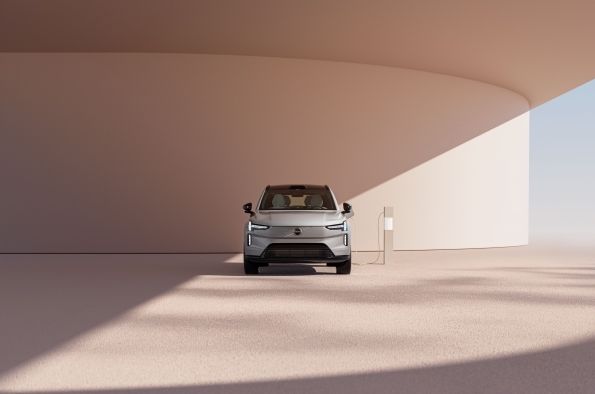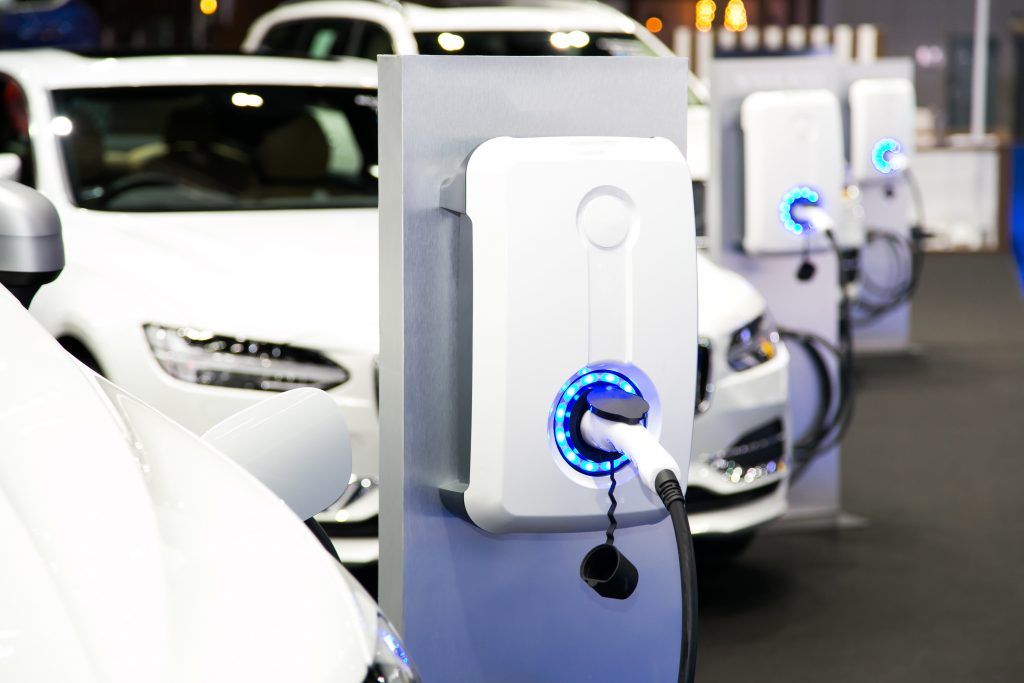Manufacturer Volvo has launched a new business unit that will offer energy storage and charging-related technologies and services.
Volvo Energy Solutions will offer bi-directional charging, a technology that allows an electric car to give back extra battery power to a compatible grid, helping to balance the grid during peak hours and reduce the need for fossil-generated electricity.
The new fully electric EX90 SUV will be the first Volvo car equipped with all the necessary hardware and software to enable bi-directional charging and direct energy storage from solar.
Together with Göteborg Energi Nät AB, the local grid company in Gothenburg, Sweden, Volvo has launched a vehicle-to-grid (V2G) pilot programme that aims to test V2G technologies on the local energy grid and domestic environment. The pilot also deliberately uses a low-cost AC wallbox, to illustrate how to accelerate widespread adoption of the technology.
The pilot project aims to gain acceptance from a grid company of the technology, and to demonstrate to other grid companies that V2G programmes can provide tangible benefits.
Data from the Volvo fleet shows that the average daily drive in Europe uses less than 10 kWh, while 90% of all daily drives use less than 20 kWh, illustrating there is spare capacity for V2G.
The news comes as Volvo aims to be fully electric as a car manufacturer by 2030.
Alexander Petrofski, the new Head of Volvo Cars Energy Solutions, said: “With bi-directional charging, you can use your car battery as an extra energy supply, for example to provide power to your home, other electric devices or another electric Volvo car.
“The next step would be to enable this feature all around Sweden, and hopefully that will pave the way for even broader acceptance of similar charging and energy storage services around Europe.”
“With the help of smart charging, you can charge your electric Volvo at the best available time from a sustainability and economy perspective. Now imagine you could use that energy later, perhaps during peak times when prices are higher and the energy mix less sustainable. The idea with building an energy ecosystem around your car and the batteries is that it allows you to save money and reduce your CO2 emissions, while energy firms benefit from reduced grid investments and a lower overall impact on the environment.”
Image courtesy of Volvo








